Duluth, GA 30097
United States
Barco
Model: ClickShare CX-30

For a profession that originated ‘behind the scenes’, a trend toward greater visibility of the role of the radiologist is clear. Evolving technology has seen radiology practice transform enormously over the years – brighter screens have made reading rooms less dark, and black and white images have been supplemented with color. The days of radiologists viewing images on film and lightboxes are long gone. But what does the role of the ‘common day radiologist’ actually entail? And how is the profession evolving? We caught up with the Barco Visionary Panel to set the record straight.
In your opinion, how has the role of radiologists changed over the past ten years?
Olivier Vanovermeire, Head of Radiology at AZ Groeninge, Belgium: I think it’s important to point out that radiologists’ role has certainly changed, but the biggest challenge is making the public aware of this change, and ensuring people are well informed on what we actually do. With rising patient demands and an expectation for more ‘patient-centric’ approaches, it’s now more important than ever to clarify the role of radiologists in the public eye. Radiologists need to become more visible and increasing patient and radiologist interaction is key. Radiologists’ interaction with patients ultimately depends on the specialty and healthcare system of course, but on a whole, the role of the radiologist involves greater interaction with patients than it did ten years ago.
Ketan Thanki, Barco: I agree with Olivier, the last decade has seen a major shift from volume-based to more value-based healthcare services and systems. Radiologists are now in a position where they need to adapt their practices to highlight their professional value. Radiologists now need to be more visible for patients and provide more support to clinicians. Radiologist and patient interaction is emerging as a new marketing tool for service differentiation.
What impact has evolving technology had on radiology practice?
Danny Deroo, Barco: Picture Archiving Systems (PACS) have led to a decrease in interaction between radiologists and clinicians, at least in the physical sense. Images can now be shared electronically so they no longer need to be in the same location. In retrospect, this frees up more time for radiologists to participate in multidisciplinary meetings. A move towards integrated healthcare and greater focus on patient value means clinicians are now seeking more input from radiologists and relying on their expertise. Radiologists are continuing to play a greater role in patient treatment plans and technology is supporting this.
Albert Xthona, Barco: I also think technology is driving greater standardization and consistency in diagnostic reading and reporting. A major challenge for radiology in the past has been that images of various modalities can appear differently on dissimilar screens. This makes it difficult for reporting scores to be consistent. Advanced technology is now allowing for a more accurate and efficient exchange of images, and diagnostic reading and reporting is becoming more standardized as a result. Electronic based systems also mean that monitoring of radiologists’ work is more advanced. Greater regulation of the radiology profession is definitely an outcome of evolving technology.
Do you think all radiologists are adapting new practices, and at the same pace?
Ketan: This really depends on the country and healthcare system, but there are definitely more options and diagnostic tools available to radiologists now. Radiologists, especially younger radiologists, are eager to use these new tools. There is definitely a trend towards new and advanced technology, not only due to the diagnostic reliability it provides, but radiologists can also use these technologies to optimize their time and efficiency.
What impact has the radiologists’ expanded role had on their workload and productivity?
Olivier: Greater involvement in patient treatment plans and multidisciplinary meetings comes on top of the standard workload, making radiologists’ workload greater. Any systems or tools that can streamline daily tasks, like reading and interpreting diagnostic images, frees up more time for radiologists to fulfil more consultative duties.
Danny: Greater collaboration and consultation with members of multidisciplinary teams can support productivity, but there needs to be a system in place for managing this added workload. If radiologists are being interrupted all the time, their productivity is going to suffer. Collaboration is essential. Maybe the use of a ‘green light’ system is the answer, where radiologists have two hours designated for consultation each day. Or maybe a moderator system? Whatever the solution for managing radiologists’ workload might be, there must be time allocated for consultation both with patients and with clinicians. It is this consultation that will ultimately lead to a more patient-centric service, and greater patient satisfaction.
Where do you see the future of medical imaging policies and reimbursement leading?
Albert: That’s difficult to predict, a certain amount can be standardized, but healthcare services are becoming more patient-centric in general, and reimbursement is going in the same direction. In the long term, I predict that patient satisfaction will become a primary factor influencing on reimbursement, and patient centered services will benefit the most. Policies centered on delivering the greatest ‘patient value’ are where we are headed.

Create Spaces
623 S Americana Blvd, Boise, ID 83702
Boise, ID 83702
USA
2083850507
https://createspaces.com/

